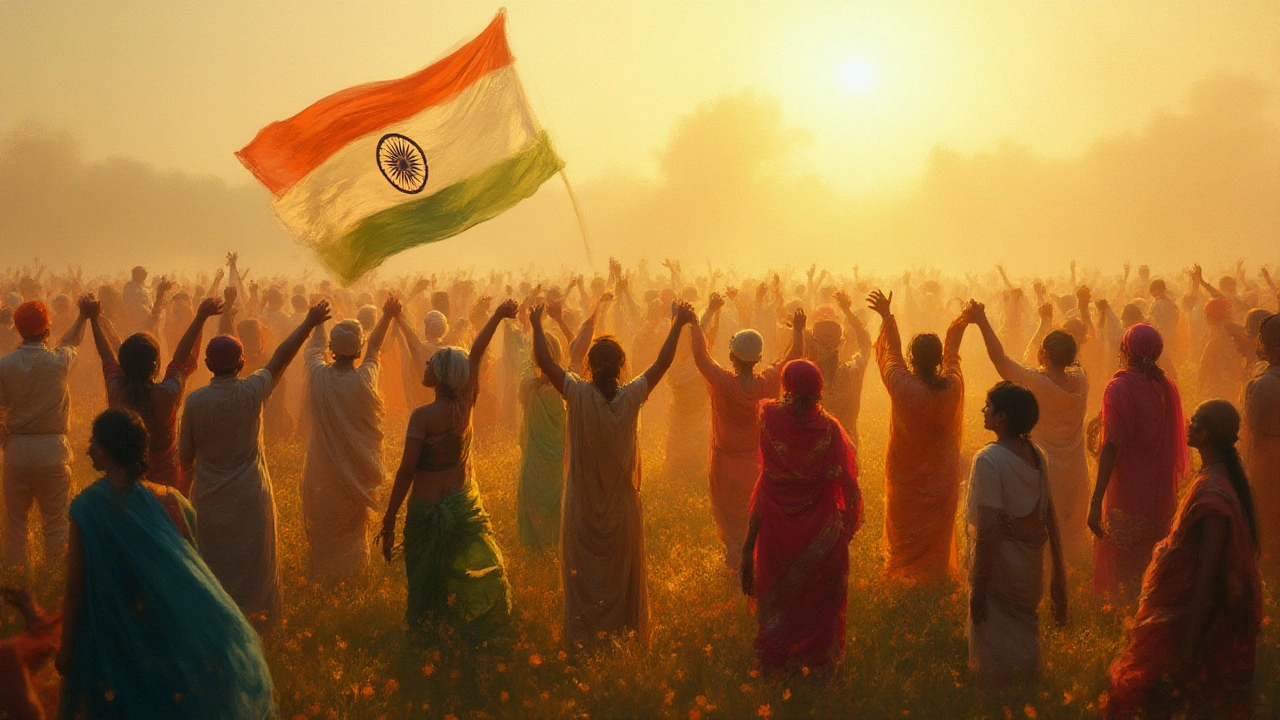
Vande Mataram: The Powerful Story Behind India’s Original National Song
Discover the origins, meaning, and cultural impact of 'Vande Mataram', the original national song of India, and why it remains a symbol of unity and pride.
If you’re looking for a quick guide to Vande Mataram, you’ve landed in the right spot. This tagline isn’t just a song; it’s a rallying cry that has shaped India’s identity for over a century. Below you’ll get the basics, a peek at the most beloved verses, and tips on how to use these lines in everyday life.
Vande Mataram first appeared in the 1882 novel Anandamath by Bankim Chandra Chatterjee. The poem praises the motherland as a divine figure and quickly became a rallying point for freedom fighters. In 1950, the first two verses were adopted as the national song of India, while the full version stays a cultural classic.
The phrase translates roughly to “I bow to thee, Mother.” It’s a blend of reverence and love, making it easy to recite at school assemblies, political events, or even personal moments of pride.
Here are three lines that people love to quote on social media, in speeches, or on anniversary cards:
Feel free to drop these into a WhatsApp status or a tweet. They’re short, powerful, and instantly recognizable.
Our site hosts a growing collection of Vande Mataram‑related content: full poems, audio renditions, and short reflections. You can explore each piece to see how different writers interpret the same patriotic spirit.
Want to use Vande Mataram in a presentation? Try these quick steps:
This structure keeps the audience engaged and shows why the poem still matters.
Whether you’re a student, a teacher, or just someone who loves Indian culture, Vande Mataram offers a simple way to express national pride. Browse the posts tagged “Vande Mataram” on our site, pick a line that resonates, and share it with your friends. The feeling of unity is just a few words away.

Discover the origins, meaning, and cultural impact of 'Vande Mataram', the original national song of India, and why it remains a symbol of unity and pride.